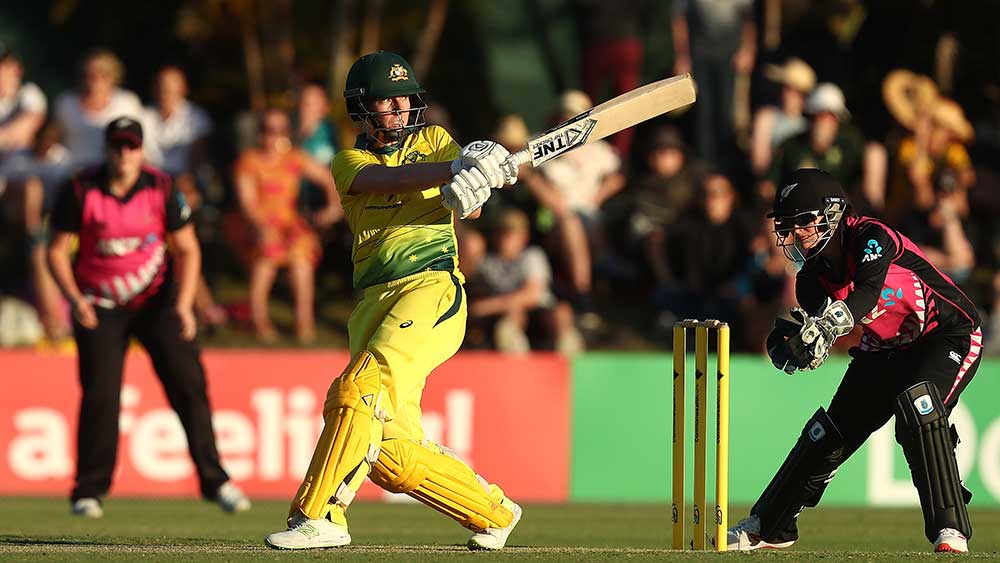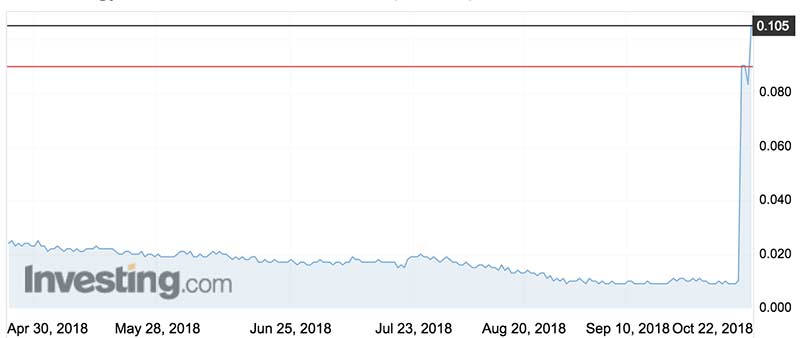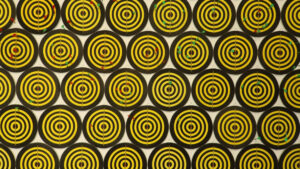New Energy shoots up 22pc on ‘exceptional’ Caula scoping study

Elyse Villani hits out in the second T20 vs New Zealand. Pic: Chris Hyde
Shares in New Energy Minerals shot up over 22 per cent to 11c in early trade after the explorer released a scoping study on its “Caula” vanadium-graphite project in Mozambique.
The scoping study – a preliminary analysis to see whether a project could be profitable — shows “exceptional economics”, former ruby miner New Energy (ASX:NXE) told investors.
Assuming long term graphite and vanadium prices of about $1500 and $57,500 per tonne, respectively, Caula could generate $3.4 billion revenue in its first 24 years, the company said.
Vanadium prices currently hover around $US65,900/t.
Graphite price assumptions used in the study are also far lower than recent market prices and “much more conservative than those used by certain East African industry peers with similar (more than 60 per cent) large to super jumbo flake size distribution”, New Energy told investors.
New Energy is now focused on delivering pre-feasibility level studies on the open pit mine by the first quarter of next year.

It also wants to fast-track cash flows by jumping straight into the smaller, low cost Phase 1 of the project.
The Phase 1 mine and pilot plant would cost $10 million, and produce up to 15,000t graphite and 18,000t vanadium concentrate (1.7 per cent V2O5) each year.
Phase 2 would ramp up to 120,000 tonnes of graphite and 204,200 tonnes vanadium each year.
Phase 1 could generate about $22 million total earnings over the first two years, with Phase 2 commissioned in the third year.
New Energy managing director Dr. Bernard Olivier said metallurgical test work to produce 98 per cent V2O5 was ongoing to improve the project’s potential even further.
- Subscribe to our daily newsletter
- Bookmark this link for small cap news
- Join our small cap Facebook group
- Follow us on Facebook or Twitter
“We are currently in off-take and associated project finance discussions,” he said.
“The board believes that given the current level of financing interest for our phased development approach … that the project finance for Phase 1 and Phase 2 can be secured.
“We remain committed to delivering further studies and results in the coming months as we build towards the low-cost Phase 1 pilot plant targeted for production by the second half of 2019.”
UNLOCK INSIGHTS
Discover the untold stories of emerging ASX stocks.
Daily news and expert analysis, it's free to subscribe.
By proceeding, you confirm you understand that we handle personal information in accordance with our Privacy Policy.








